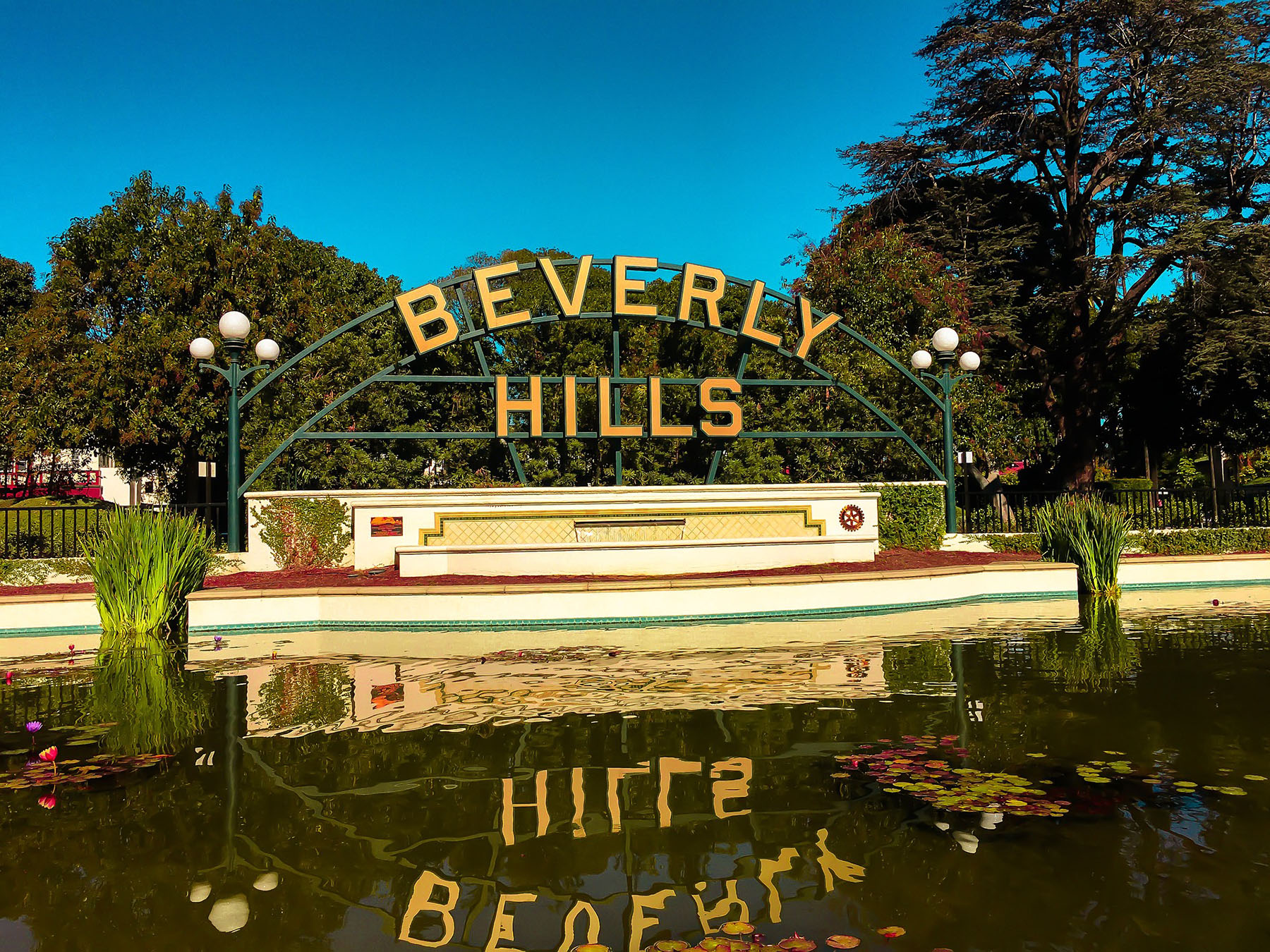
“How do you pronounce it?” my father asked my maternal uncle in Persian one spring morning during an international phone call. At the time, we were temporarily resettled in Italy after escaping Iran in the late 1980s.
“Beh-vehr-lee Heelz,” my uncle, who had already arrived in the United States, responded.
“I know what ‘Heelz’ means,” my father said, “but what’s ‘Beh-vehr-lee’?”
“I’ll be honest: I don’t even know. But it’s really beautiful here.”
“It sounds like baghali (lima beans),” my father chuckled. “If you say it’s a safe, clean place, and the schools are excellent, I’ll take your word for it, though we’ll take anywhere as long as we’re in America.”
And with that, my father gratefully asked HIAS, then known as the Hebrew Immigrant Aid Society, if we could be resettled in Beverly Hills once our refugee status in America was secured. That summer of 1989, we arrived in Beverly Hills with little money, even less English fluency (except for my father) and zero knowledge that we were about to rent an apartment in the city whose zip code (or more specifically, one of its zip codes) — 90210 — would become world-famous, thanks to a popular television show about attractive teenagers.
We live in a volatile time in the course of the American experience. There’s civil unrest and a unique threat of disorder both from the left and the right that has rendered many of us feeling hopeless and unprotected. There’s also never been a worst (and more unforgiving time) to say the wrong thing (even if you uttered the words when you were a foolish high schooler).
This column is a love letter to the city that redeemed and molded me. Is it tone-deaf to write a love letter to Beverly Hills at this time of unrest? Maybe. But that’s exactly why I was moved to do it.
Last year, following the death of George Floyd, inexcusable looting wreaked havoc all over the country, including Los Angeles. In Beverly Hills, businesses were also damaged and looted, including luxury stores on the famed Rodeo Drive. Last May, I saw a photo of graffiti scribbled near Beverly Hills City Hall that read “Eat the rich.” I can state with grateful conviction that as someone who grew up in Beverly Hills, I enjoyed kabob and rice more than heaping plates of the wealthy.
In preparation for the impending verdict in the Derek Chauvin trial, Beverly Hills, like so many other cities, took extra precautions to guard spaces from looting and rioting. The Beverly Hills Police Department was on “full alert,” according to a release last Friday. And in response to a bomb scare earlier this week near Beverly Hills City Hall, police cars closed Rexford Drive between Burton and Santa Monica. It was a strange sight indeed.
With resounding support for Americans who still suffer from racism and hateful violence (including Blacks, Asian American Pacific Islanders and, yes, Jews), I’m especially distraught when Beverly Hills comes under attack because I still feel protective of the city that took in my family and me, along with tens of thousands of fellow Iranian Jews, some of us survivors of the Iran-Iraq War.
I still feel protective of the city that took in my family and me, along with tens of thousands of fellow Iranian Jews, some of us survivors of the Iran-Iraq War.
Most Americans don’t know that Iranian Jews exist (Iran is 99% Muslim). They also don’t know that the vast number of Iranian Jews living in the United States reside in Beverly Hills (with other significant populations in cities like Great Neck, Baltimore, the Twin Cities and, surprisingly, Atlanta). But nearly twenty-five percent of Beverly Hills residents are Iranian Jews — an extraordinary number. That means that for every Bob, Ellen or Harrison, there’s a Kambiz or a Sanaz enjoying a cup of Persian tea with a side of avocado toast.
Why were so many Iranian Jews drawn to Beverly Hills after the 1979 Islamic Revolution? Because, as my uncle described, Beverly Hills is and was safe, beautiful and enriched by a great public school system. In fact, my parents were so desperate to enroll my sister and me in one of the local schools that they squealed with joy when they finally found an apartment approximately half a block from the Beverly Hills city limit. As long as we could prove we lived in the city, we could attend Horace Mann School, the most important and redeeming space I would ever know after my trauma in Iran.
On my first day of American school in September 1989, I saw children with blond hair, fair skin and blue eyes (a first for me). But I also saw hundreds of children who were also Iranian Jewish refugees. Some of them dressed like “Americans” and spoke English fluently. Others, like me, didn’t even know enough English to ask for the whereabouts of the bathroom.
I owe everything to the friends, teachers and administrators I met at Horace Mann. To me, the space is hallowed ground. As for Beverly Hills High School, it had its quirks.
Any fan of “Beverly Hills, 90210” who would have visited my alma mater, the actual Beverly Hills High School (the show was set at the fictitious West Beverly High) would have been bitterly disappointed. Instead of finding Tori Spelling, they would have found a bunch of mustached, 16-year-old Iranians (male and female) standing beneath what we lovingly called “The Persian Tree” on the front lawn. There were so many of us that the school didn’t even bother to open on Nowruz (Persian New Year), instead preferring to close for “Staff Development Day.” Try telling that story on “Beverly Hills, 90210.”
Even the 1995 hit, “Clueless,” featured a nod to Iranian students (complete with Persian-language cursing in the classroom and a tongue-in-cheek reference to the Persian [student] mafia). After 26 years, I continue to believe that no one outside of Beverly Hills has ever understood that reference to a bunch of teenagers who acted much grander than they were.
I soon learned that some of the American-born kids lived in large houses in North Beverly Hills. Others, including my family, lived in apartments in what some described as “the slums.” Nearly every refugee or immigrant I knew, whether Iranian, Israeli, Russian or Korean, resided in an apartment, and his or her family mostly lived month-to-month. That’s the thing about Beverly Hills: The exaggerated cultural references completely overshadow the non-stereotypical experiences that I and thousands of others had growing up in this beautiful, complicated city.
That’s not to say that many Iranian Jews didn’t enjoy large homes, complete with giant Doric columns and architecture that looked hilariously out of place next to smaller Spanish colonial or English Tudor-style structures. And in the 1980s and 1990s, those Iranians weren’t exactly a welcome addition to some neighborhoods when they suddenly built what many American neighbors pejoratively referred to as “Persian palaces.”
But over the decades, we also gave back to the city, adding to a robust economy, infusing our rich cultural traditions (both Iranian and Jewish), raising future generations there and even electing a few Iranian Jews (including Jimmy Delshad, the two-time mayor of Beverly Hills who left Iran as a teenager).
I don’t mean to wax nostalgic (actually, I do), but Beverly Hills in the early 1990s was a glorious place. The film “Pretty Woman” (1990) had just been released, and Rodeo Drive was a hub of mullet-haired men in puffy jackets who drove their yellow sports cars past my father’s Oldsmobile Lesabre as we toured the city. “What’s that thing?” my mother asked, pointing to the then-brown behemoth known as The Beverly Center. “I don’t know,” my father responded, “but look at all those escalators inside that tube.” When we later learned it was an indoor shopping complex, we imagined that people shopped and shopped until they died, riding the half dozen escalators to heaven. I miss all that brown paint; The Beverly Center was ugly, we reckoned, but at least it was ours (even though we couldn’t afford to shop there, and it was technically in Los Angeles).
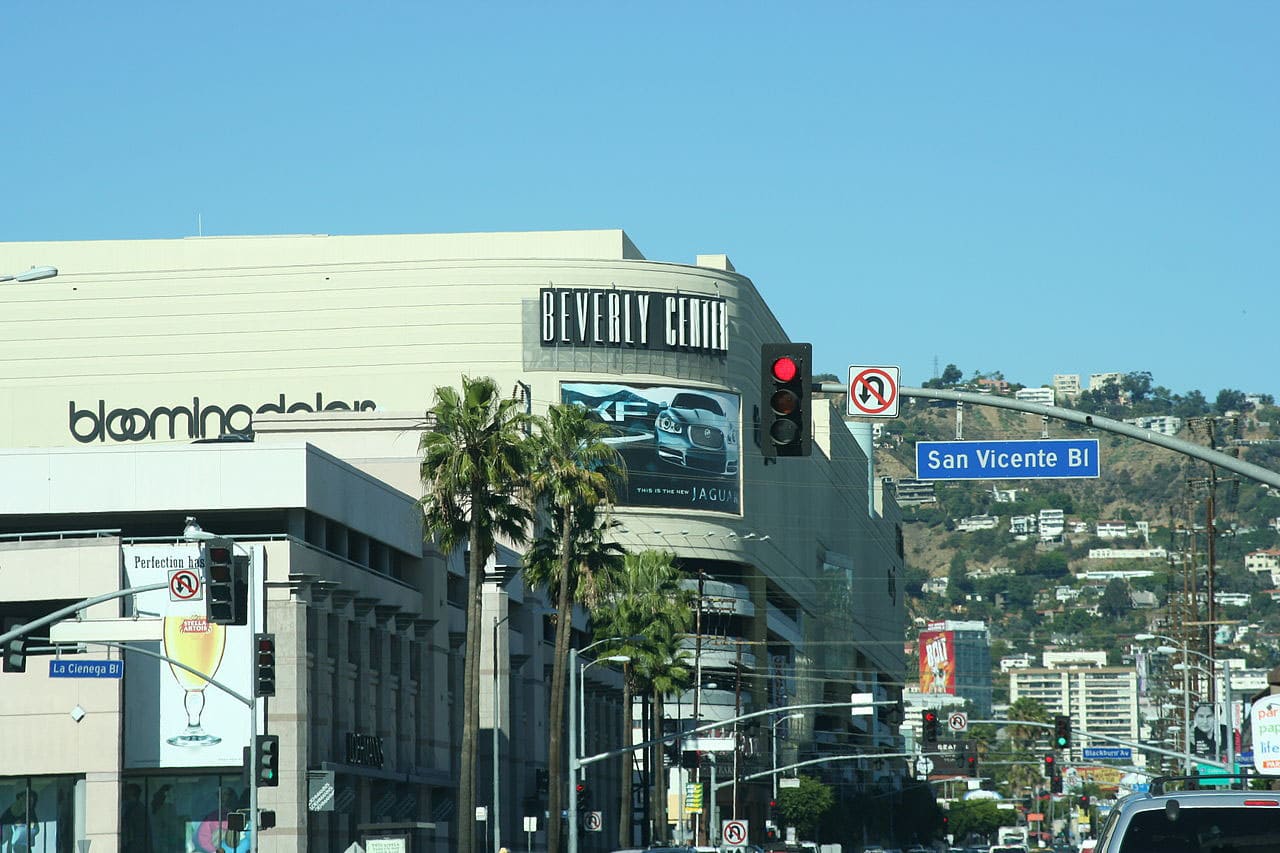
In fact, there were many wonderful places in Beverly Hills that we never entered back then because we worried they were too expensive: the Ed Debevic’s 1950s-style cafe on La Cienega Boulevard; The Broadway department store inside the Beverly Center; a restaurant on Wilshire Boulevard that was curiously named Nibblers (what did diners nibble on?); and any clothing store that wasn’t a Ross Dress for Less.
I spent many Friday afternoons in the mid-90s loitering around Roxbury Park, pretending I was a preteen gangster rapper, until my mother paged me to come home and help prepare Shabbat dinner. I was in charge of descaling the fish, and my older sister was tasked with making the gondi (chickpea flour and chicken meatballs).
Unable to afford summer camp, our parents dropped us off at what was then a mecca for refugee children in desperate need to learn English, and fast: the Beverly Hills Public Library, whose children’s section was one of the most charming and welcoming spaces I’d ever known. I spent many summers enjoying the free babysitting services of E.B. White, Nancy Drew and, for some reason as I got older, Niccolò Machiavelli. In the years that passed, the children’s section morphed (and moved upstairs), and at the dawn of the new century, a solemn 9/11 memorial was erected across from the library, reminding me that my world had completely changed, too.
I know many classmates from Beverly Hills who now are social justice warriors and dedicated activists for equity, championing causes such as Black Lives Matter. Maybe they’ll cringe if they read this column, accusing me of selective praise or being privileged (or outright blind). Maybe they try to distance themselves from their upbringing in Beverly Hills because they associate it with privilege (and yes, capitalism).
I used to disassociate from Beverly Hills, too, but only because I didn’t want to be stereotyped (or worse, seen as a fraud). In college, many peers asked from where I had moved. I usually responded that my family lived in Westwood or Century City. It was easier than trying to explain that my parents lived in a two-bedroom apartment on South Rexford Drive, half a block from where Beverly Hills ended.
Whoever heard of a Beverly Hills resident who wasn’t upper class? Still more disjointed from the dominant stereotype, whoever heard of a Beverly Hills resident named Heshmatollah who bargained with his apartment manager to lower rent costs, while trying to find ways to dissuade local children from bothering him and his wife for candy on the doorstep every Halloween? One winter during my freshman year of college, my father (coincidentally named Heshmatollah) bought me a knock-off Burberry scarf from downtown Los Angeles (price: $5); I vehemently refused it, cautioning, “If my roommates find out I’m from Beverly Hills and see this scarf, they’ll think I’m spoiled.” But my father was adamant: “Tell them you’re from ‘Baghali’ (lima bean) Hills,’” he joked, adding, “Just wrap the scarf around your head and sleep with it at night,” per an Iranian custom for warding off the common cold.
As I grew up (and we acquired a VCR), I realized how much Hollywood poked fun at Beverly Hills, including films like “Beverly Hills Cop” and “Troop Beverly Hills.” In the latter, a group of privileged young girls from a local Girl Scouts-esque troop finally discover their own strength and reclaim their identities, proudly chanting “Beverly Hills, what a thrill!”
Although I now live in Los Angeles, Beverly Hills is still a thrill, and I have my own special (and I like to think, secret) places where, before the pandemic at least, I could be alone with my thoughts (and my kabob).
In December 2018, when Nessah Synagogue was vandalized by an intruder who damaged property and threw Torah scrolls to the floor, I remembered why I continue to love Beverly Hills so much: The mayor and city council members quickly arrived at the scene with Beverly Hills Police and expressed an amazing message of solidarity with the Jewish community, particularly Iranian Jews. Last week, I showed a picture of Beverly Hills City Hall, lit up in blue and white for Israel’s Independence Day, to my father, only to have him respond, “God bless these people.”
No, the city isn’t perfect. And yes, many of its residents do fall in line with existing stereotypes. But I unabashedly love and appreciate Beverly Hills.
As it turns out, the city was named “Beverly Hills” after “Beverly Farms” in Beverly, MA, and once was mostly home to lima bean fields. My father had been right all along; we became (and now remain) eternally grateful residents of “Baghali Hills,” if only in our hearts.
Tabby Refael is a Los Angeles-based writer, speaker and activist. Follow her on Twitter @RefaelTabby
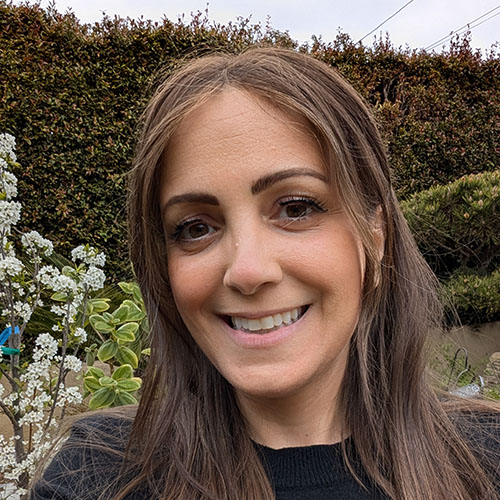






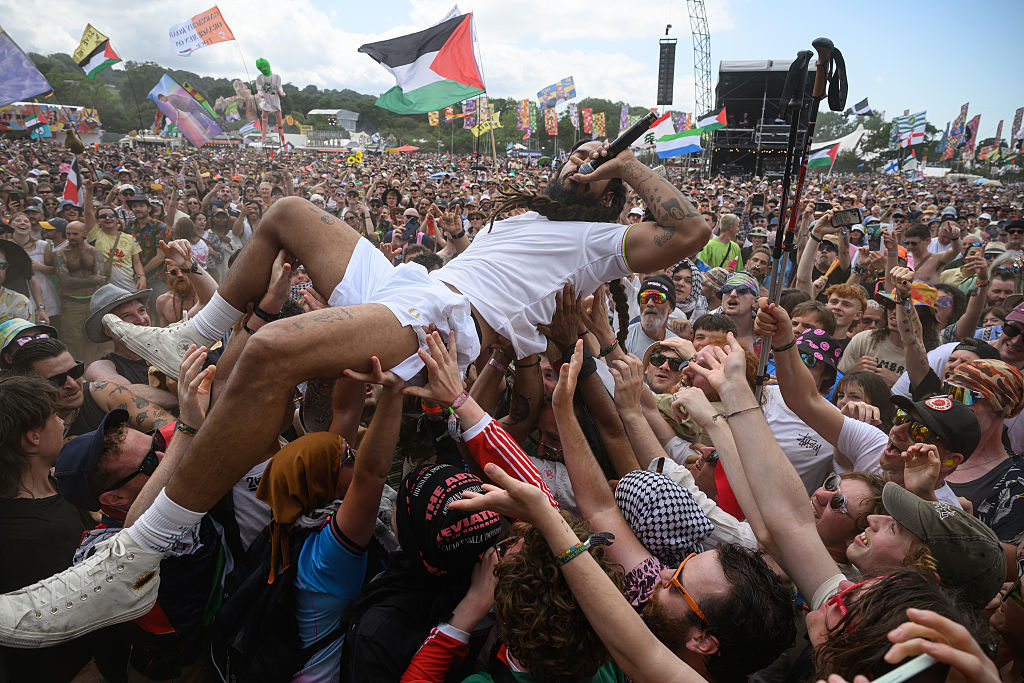

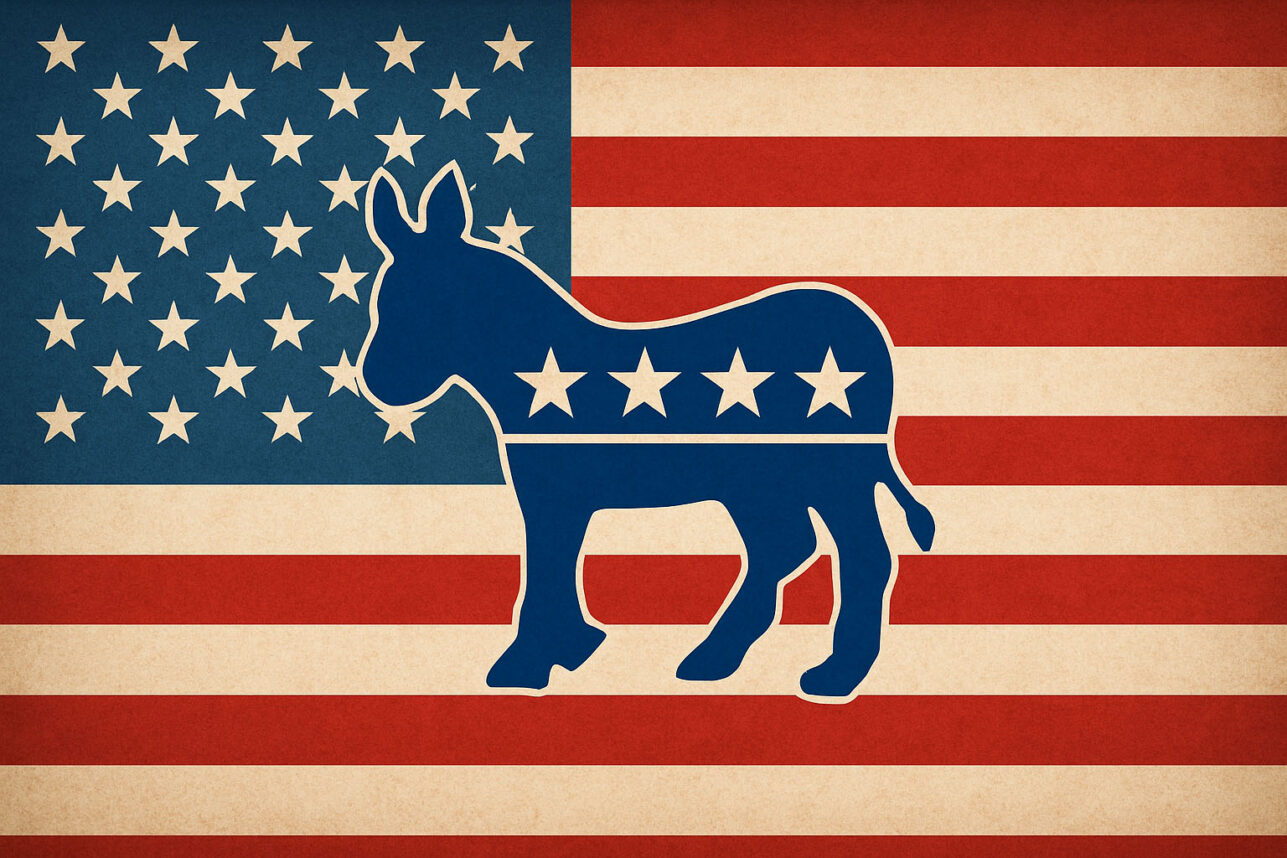
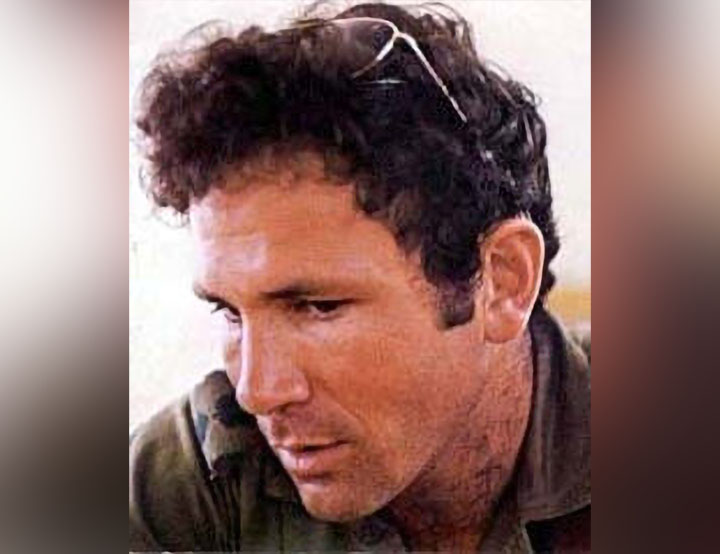
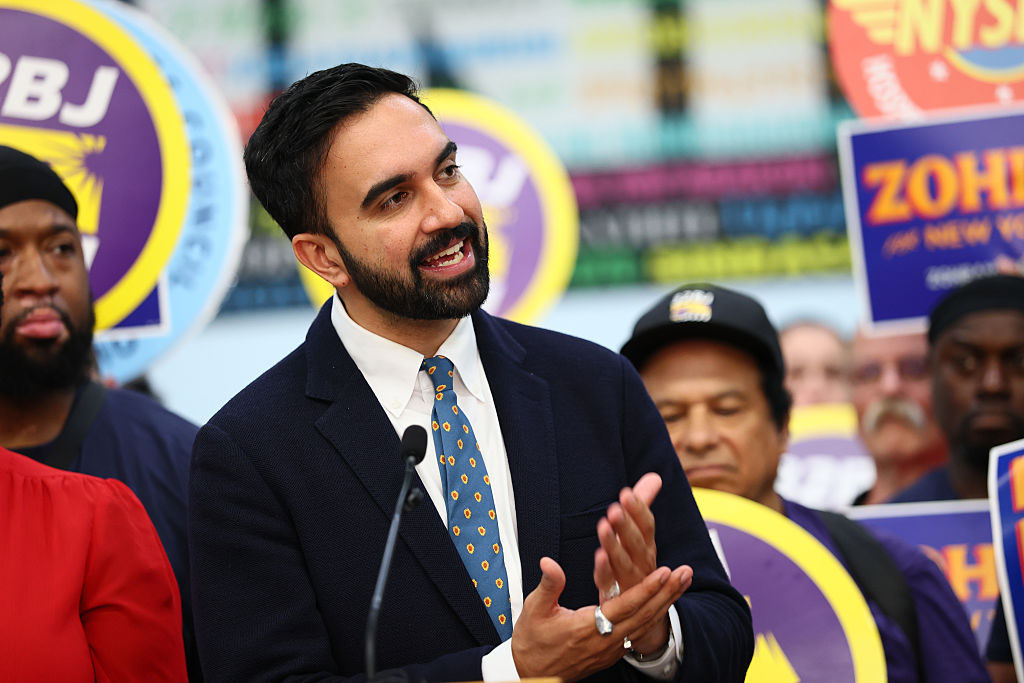
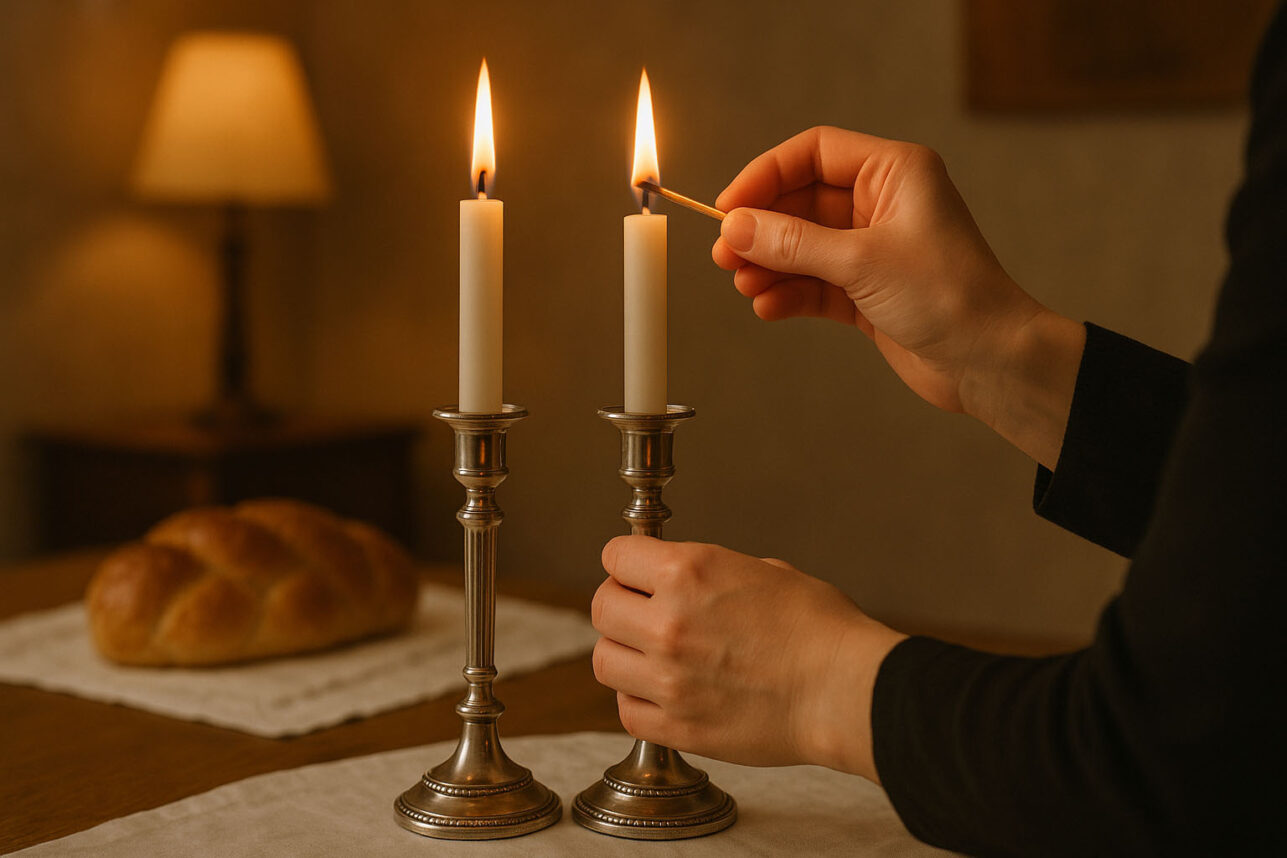
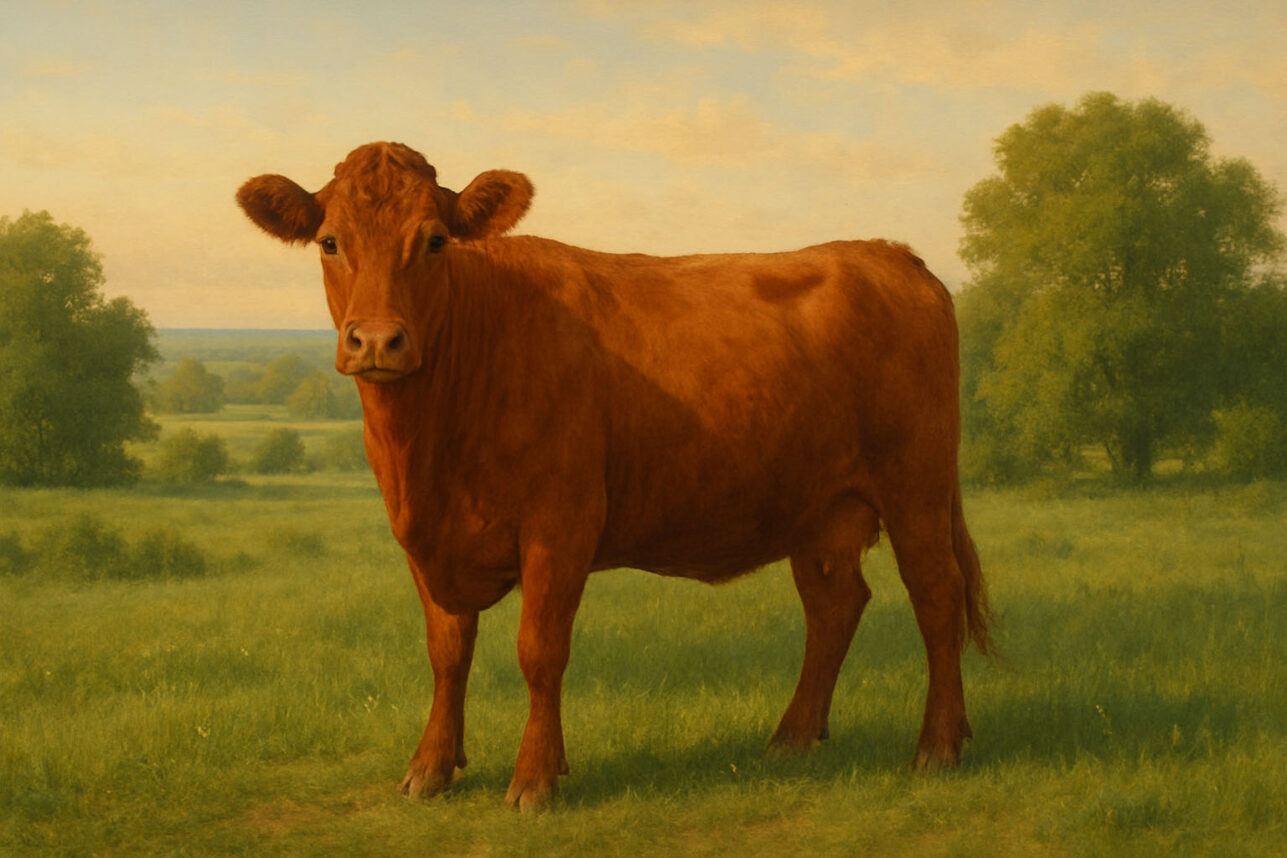

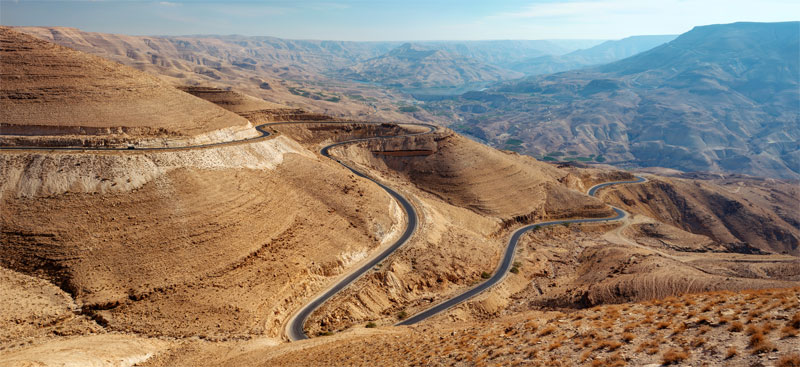



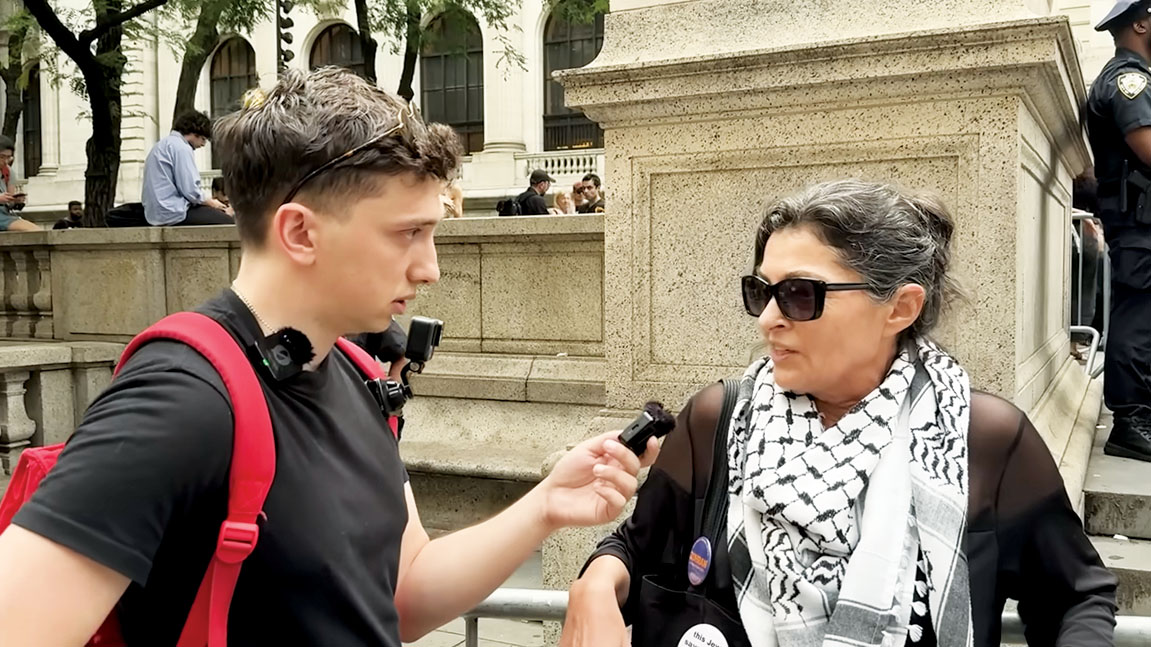
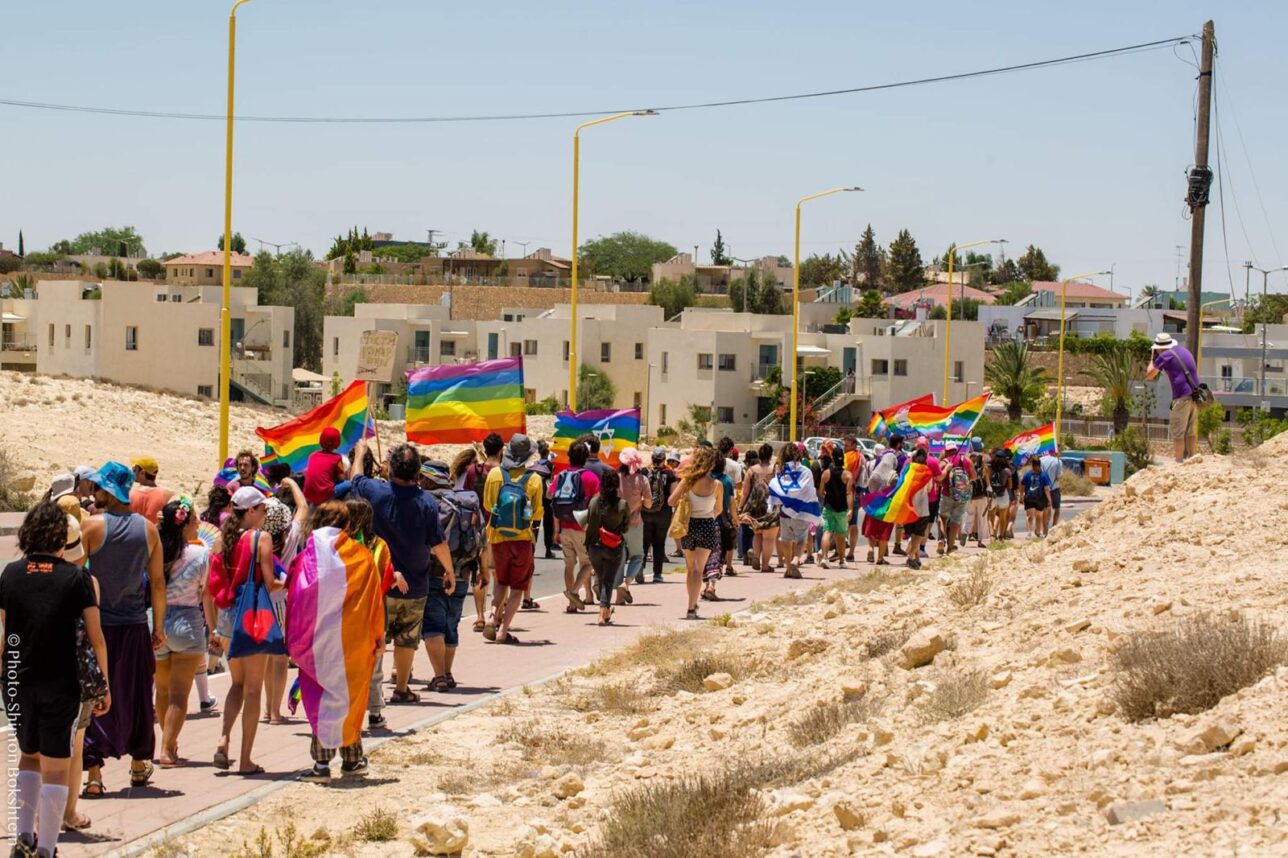

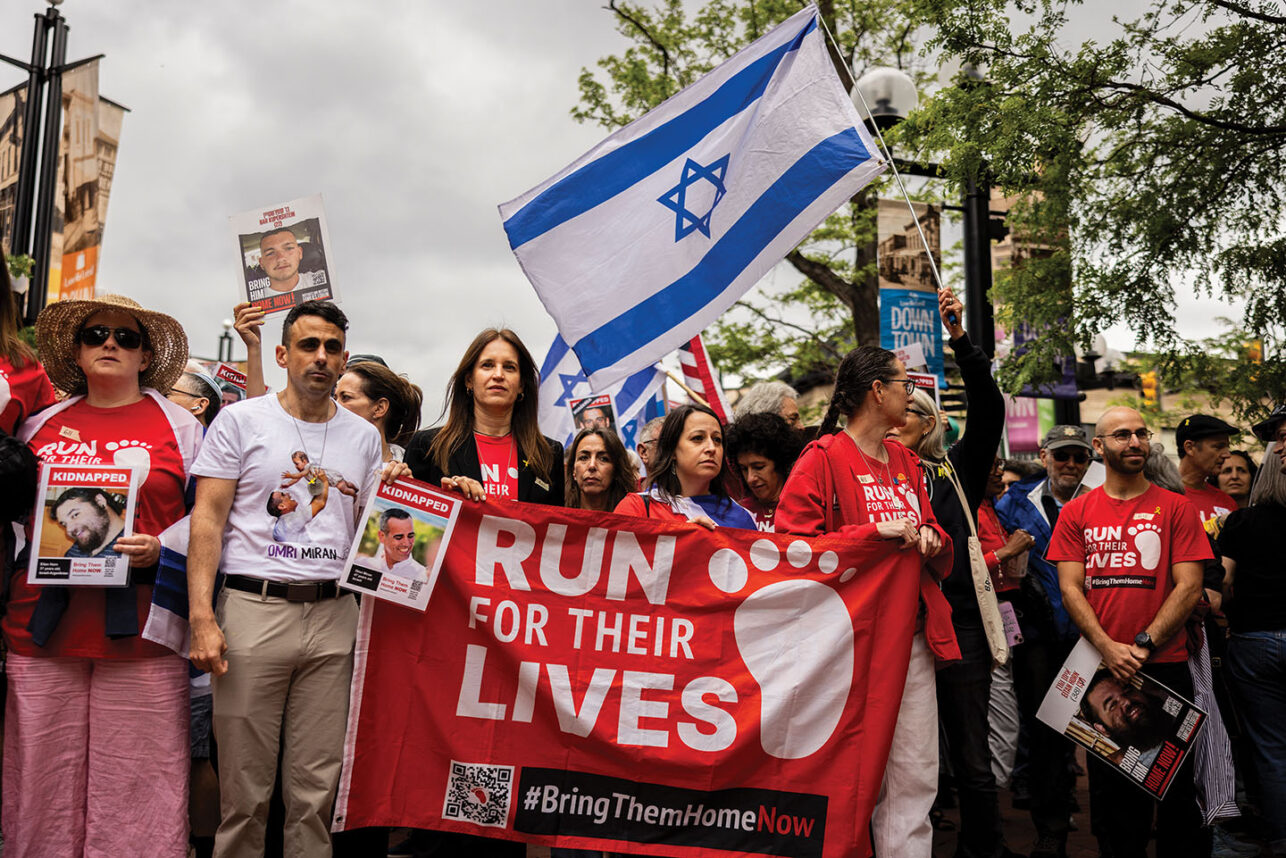

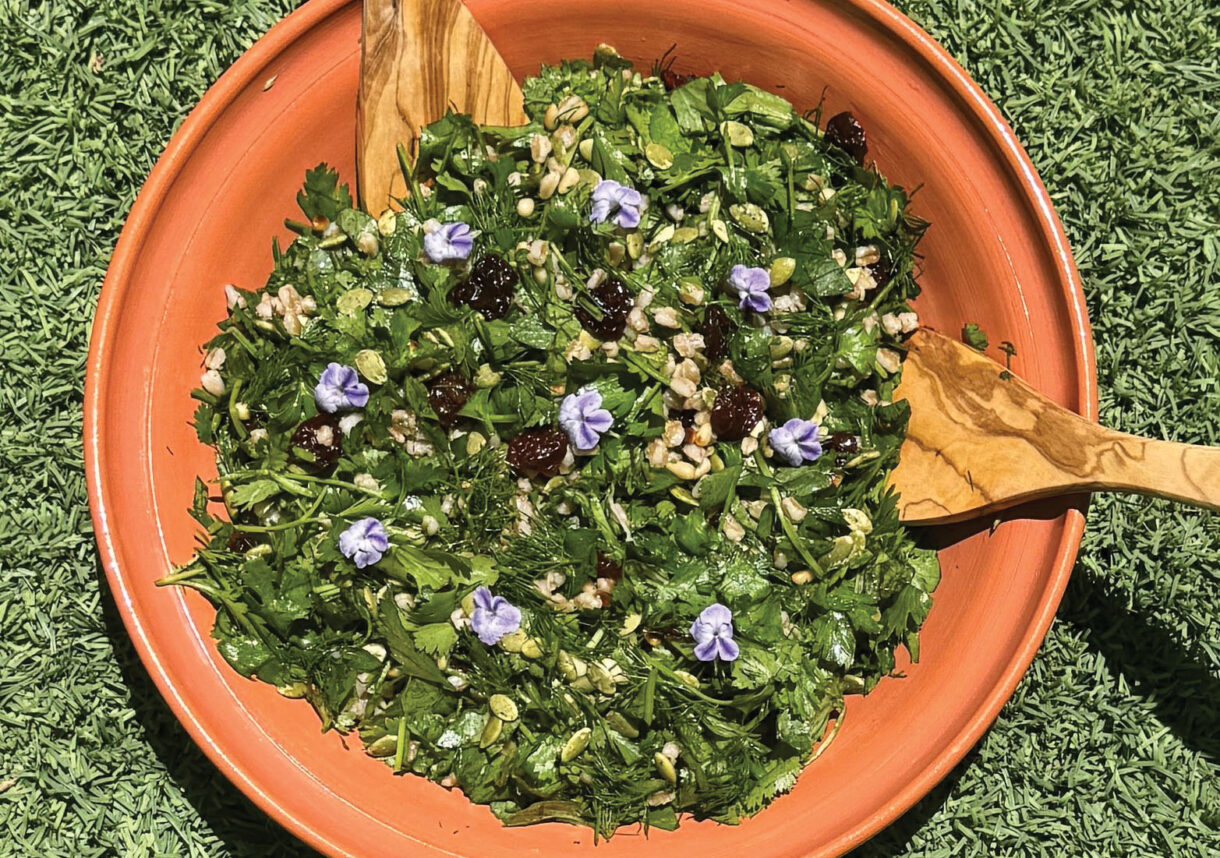
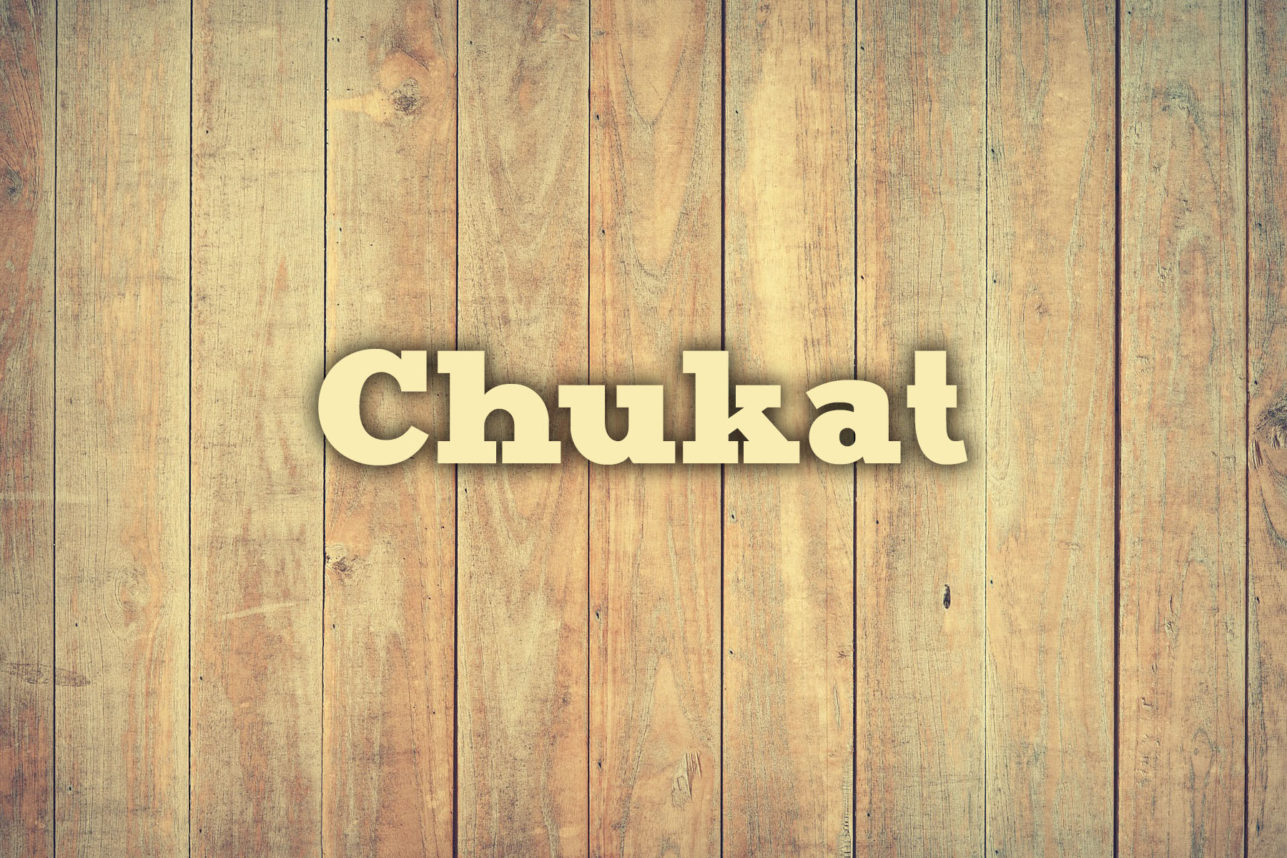
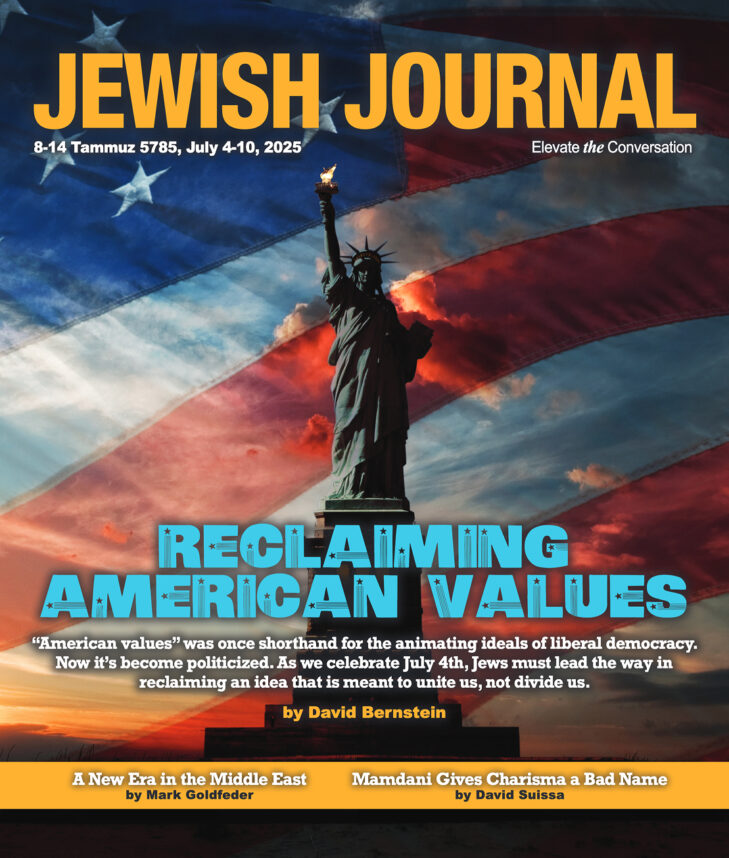
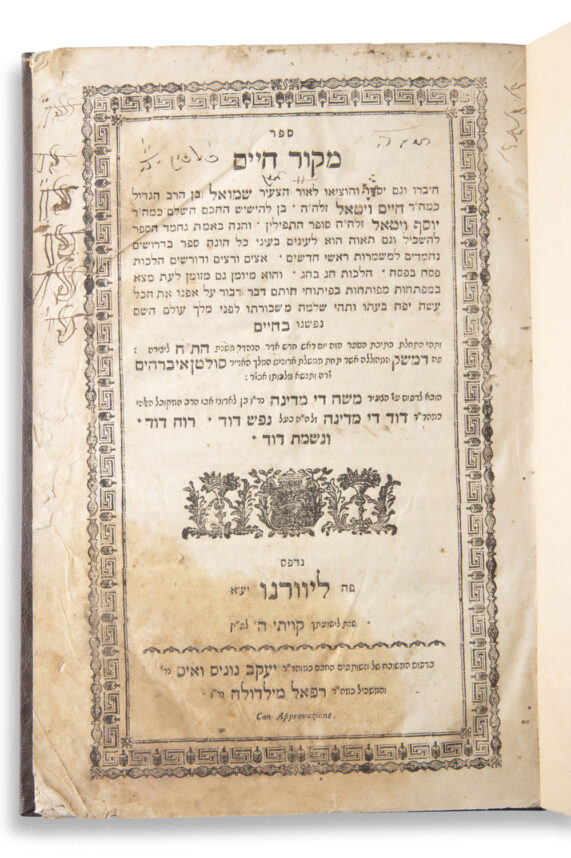
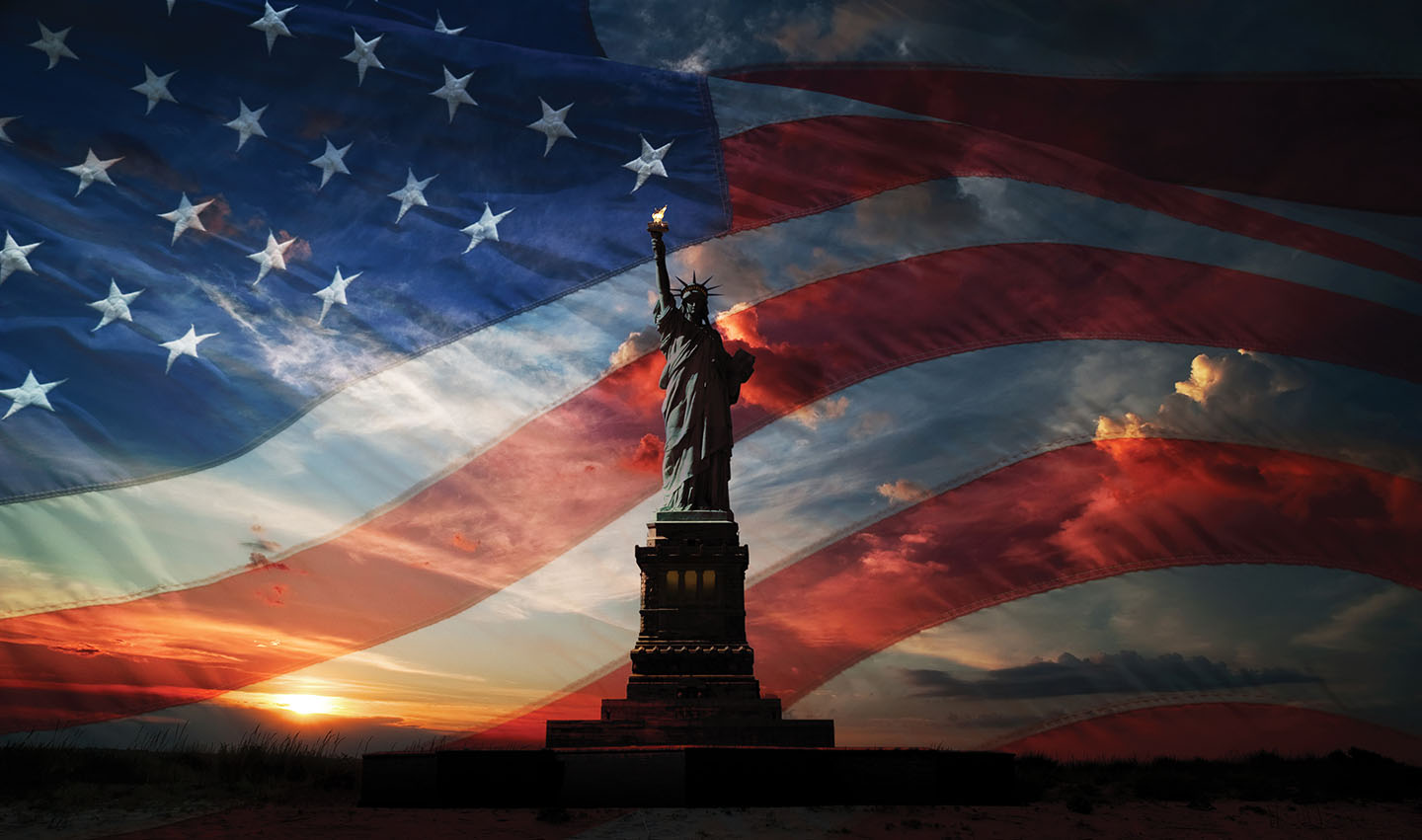
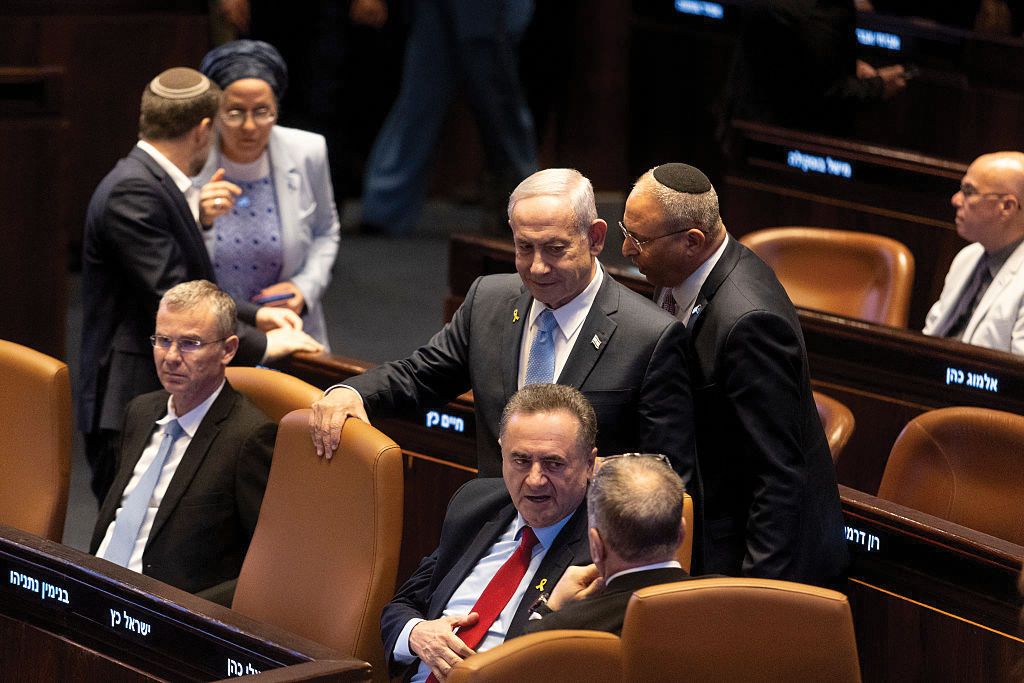
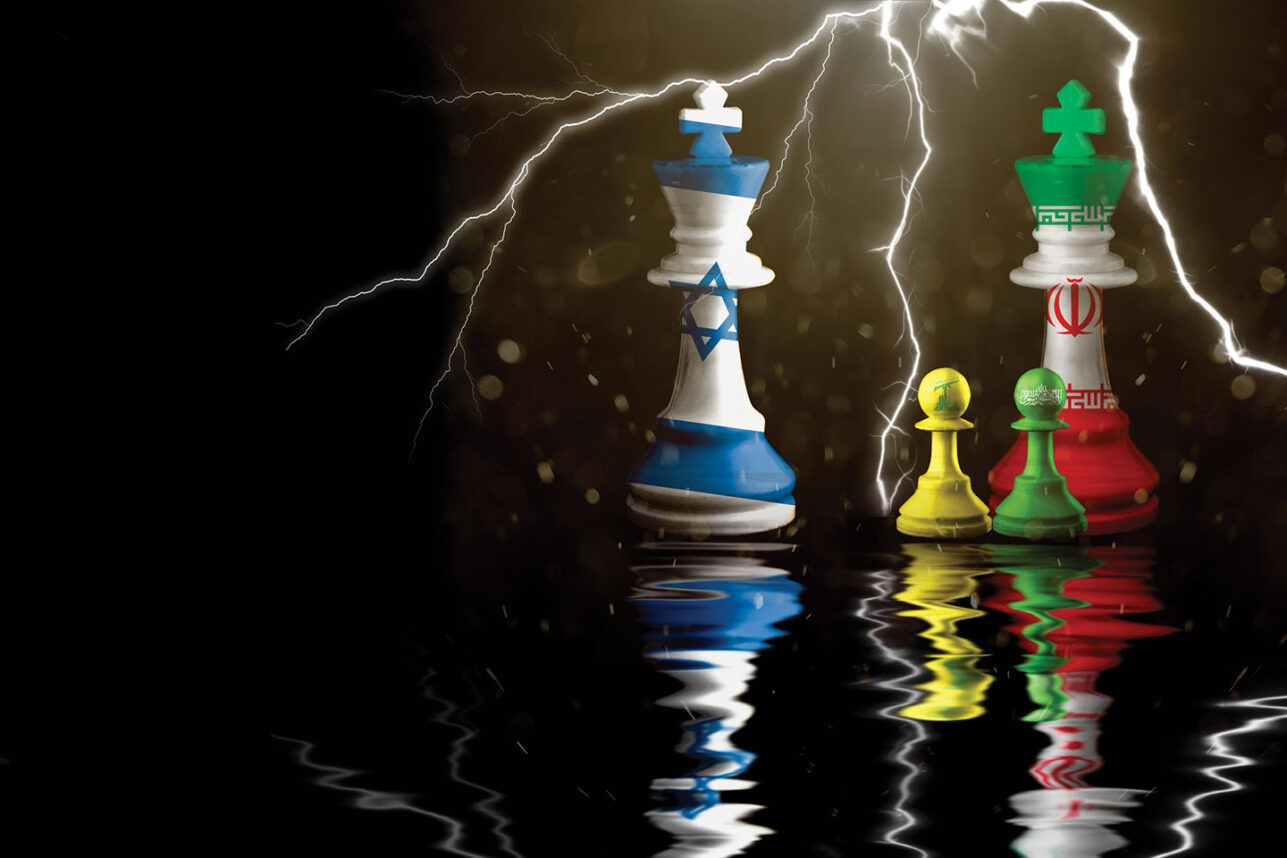

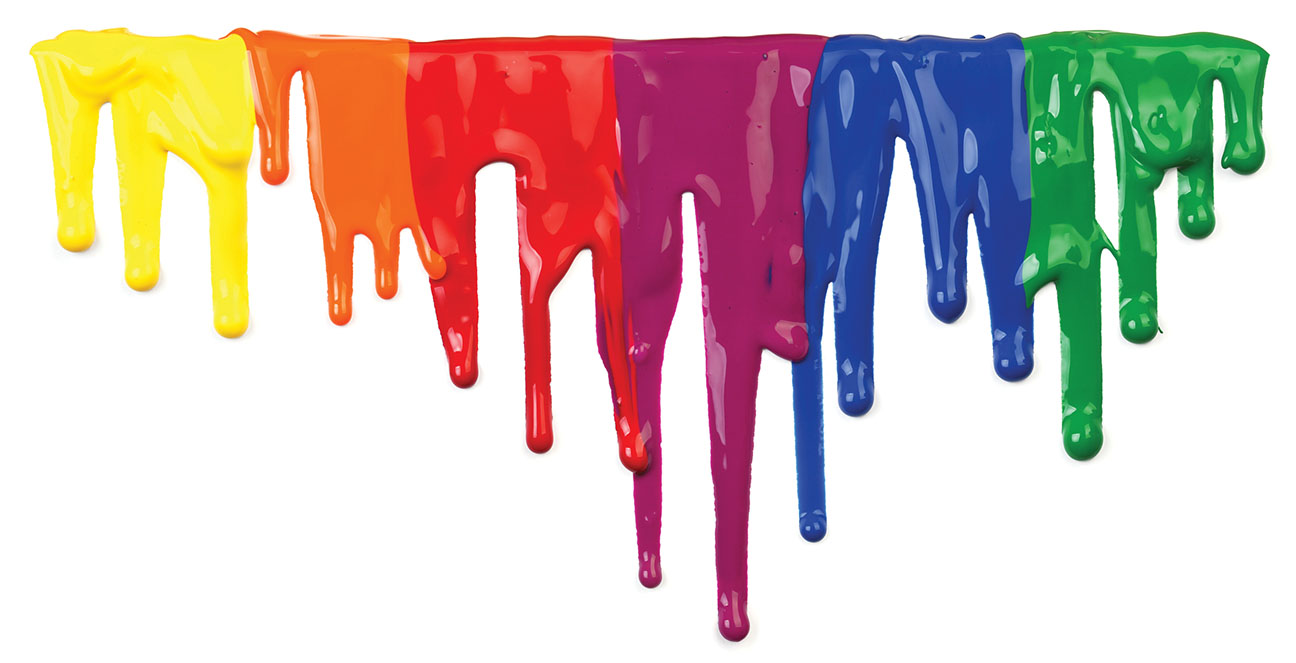

 More news and opinions than at a Shabbat dinner, right in your inbox.
More news and opinions than at a Shabbat dinner, right in your inbox.